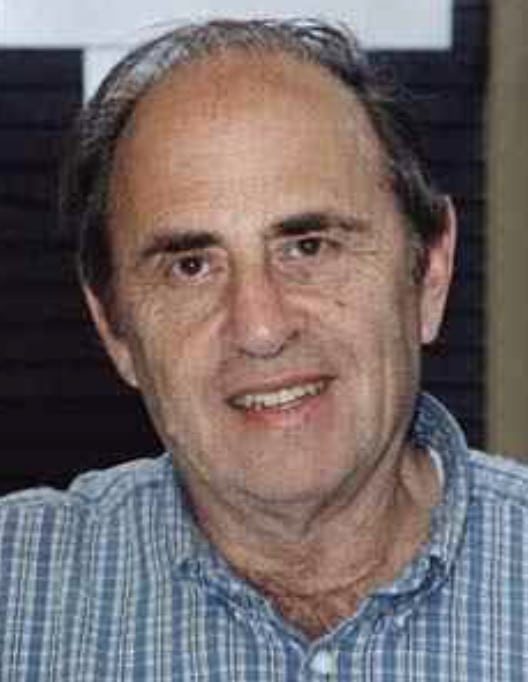
Paul Cohen was an American mathematician who made significant contributions to set theory, specifically in the area of mathematical logic. Born on April 2, 1934, in Long Branch, New Jersey, Cohen received his Ph.D. in mathematics from the University of Chicago in 1958.
One of Cohen’s most famous achievements is his resolution of the continuum hypothesis, a problem that had puzzled mathematicians for many years. The continuum hypothesis is one of the 23 problems on David Hilbert’s list of important open problems presented in the early 20th century.
The continuum hypothesis deals with the sizes of infinite sets, particularly the cardinality of the set of real numbers. It postulates that there is no set whose cardinality is strictly between that of the integers and the real numbers. In other words, there is no set with a cardinality greater than that of the integers but less than that of the real numbers. This hypothesis was neither provable nor disprovable using the standard axioms of set theory.
In 1963, Cohen introduced a new method called “forcing” to establish the independence of the continuum hypothesis and the axiom of choice from the standard axioms of set theory (Zermelo-Fraenkel set theory with the Axiom of Choice, or ZFC). This meant that both the continuum hypothesis and its negation could be consistent with the existing axioms, leading to the conclusion that the hypothesis is undecidable within the standard framework of set theory.
Cohen was awarded the Fields Medal in 1966 for his work on the continuum hypothesis and forcing. The Fields Medal is one of the highest honors in mathematics, and Cohen’s contributions significantly impacted the field of set theory and mathematical logic.
Paul Cohen spent much of his career at Stanford University, where he held the position of Professor of Mathematics. He continued to contribute to various areas of mathematics, including analysis and algebra. Cohen passed away on March 23, 2007, leaving behind a lasting legacy in the world of mathematics.
